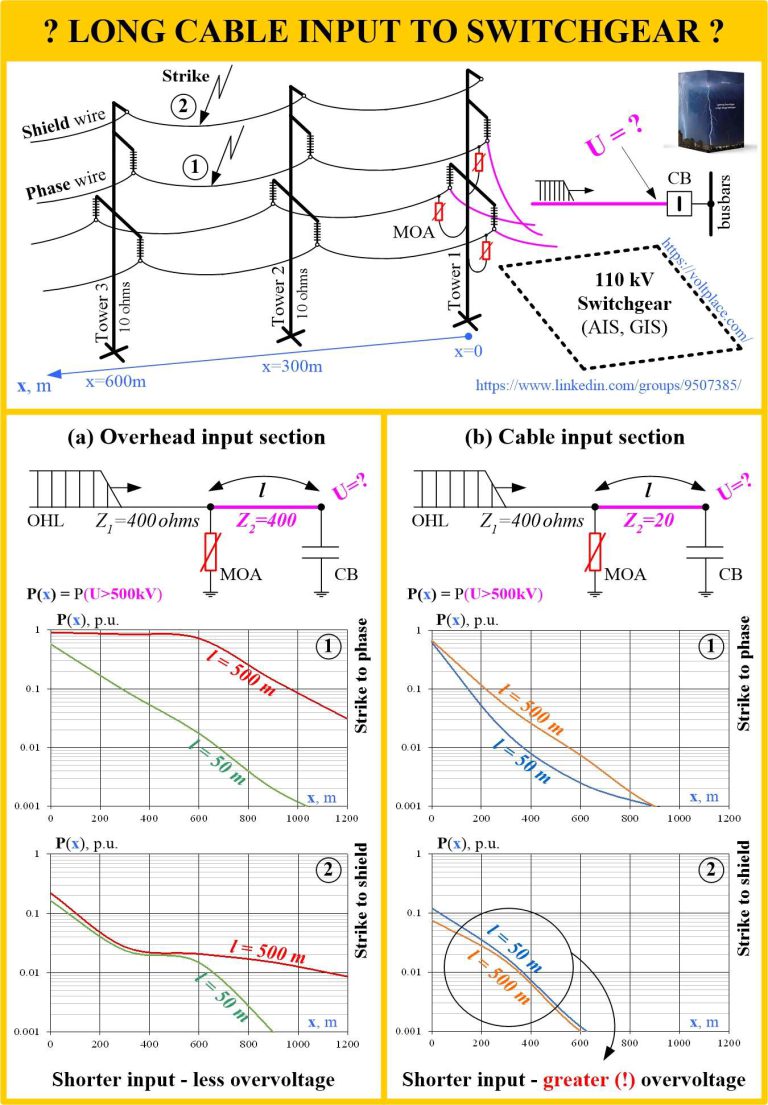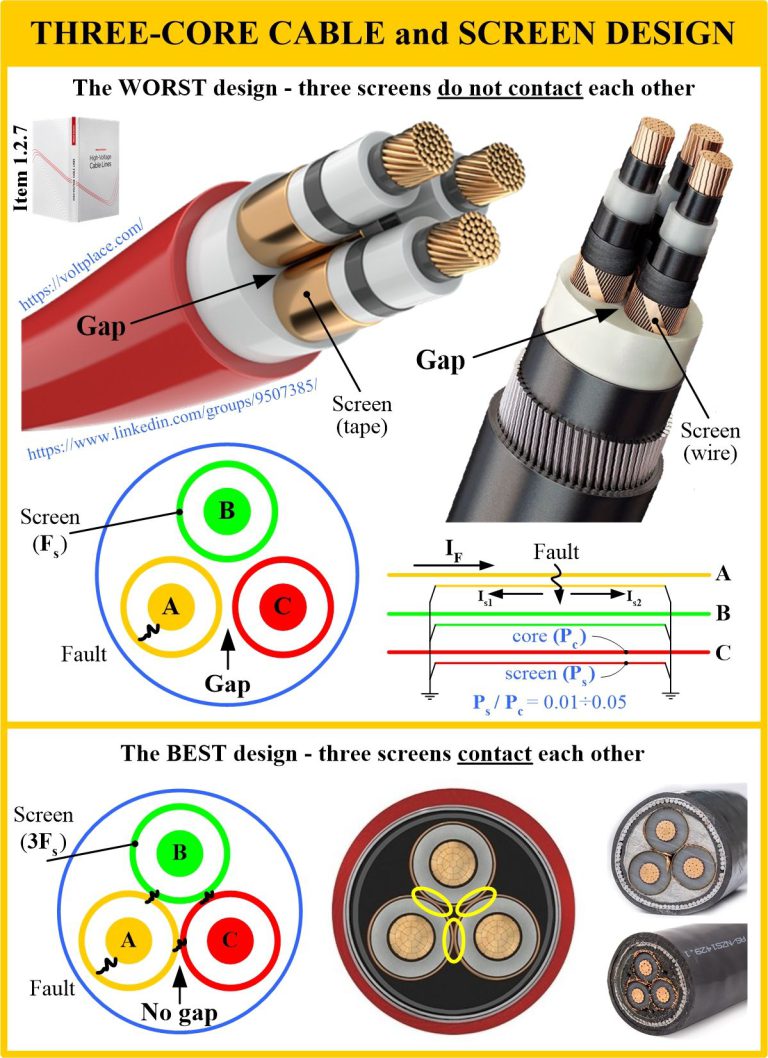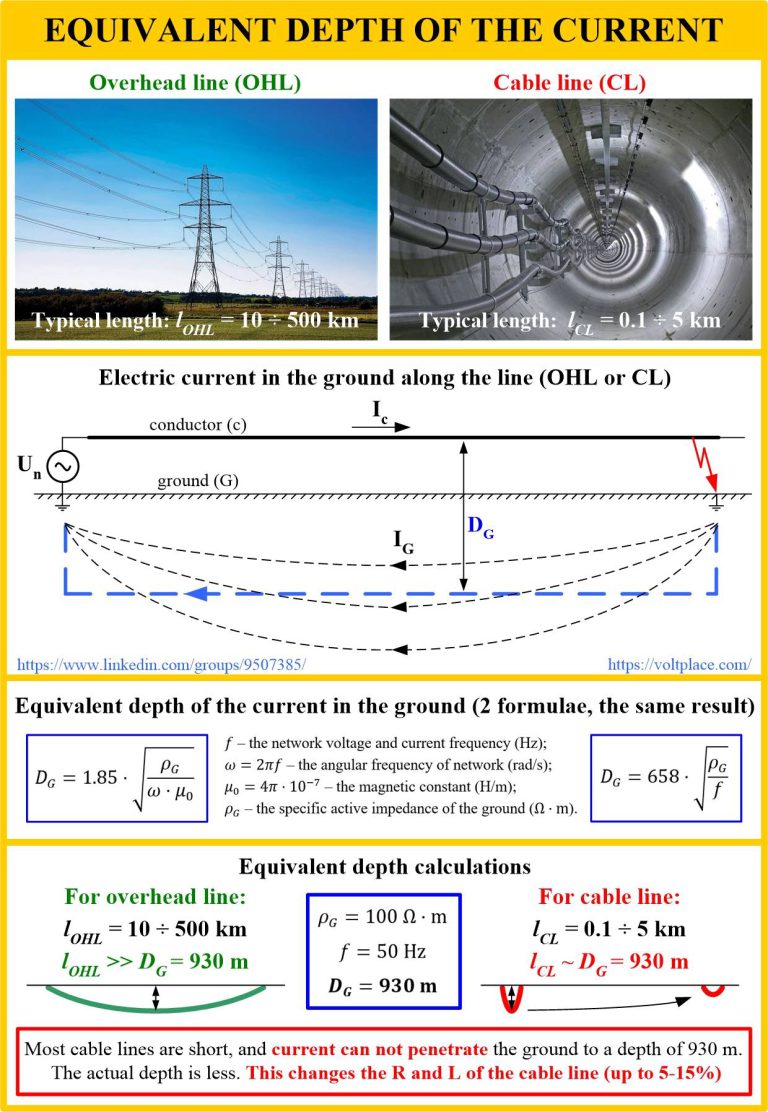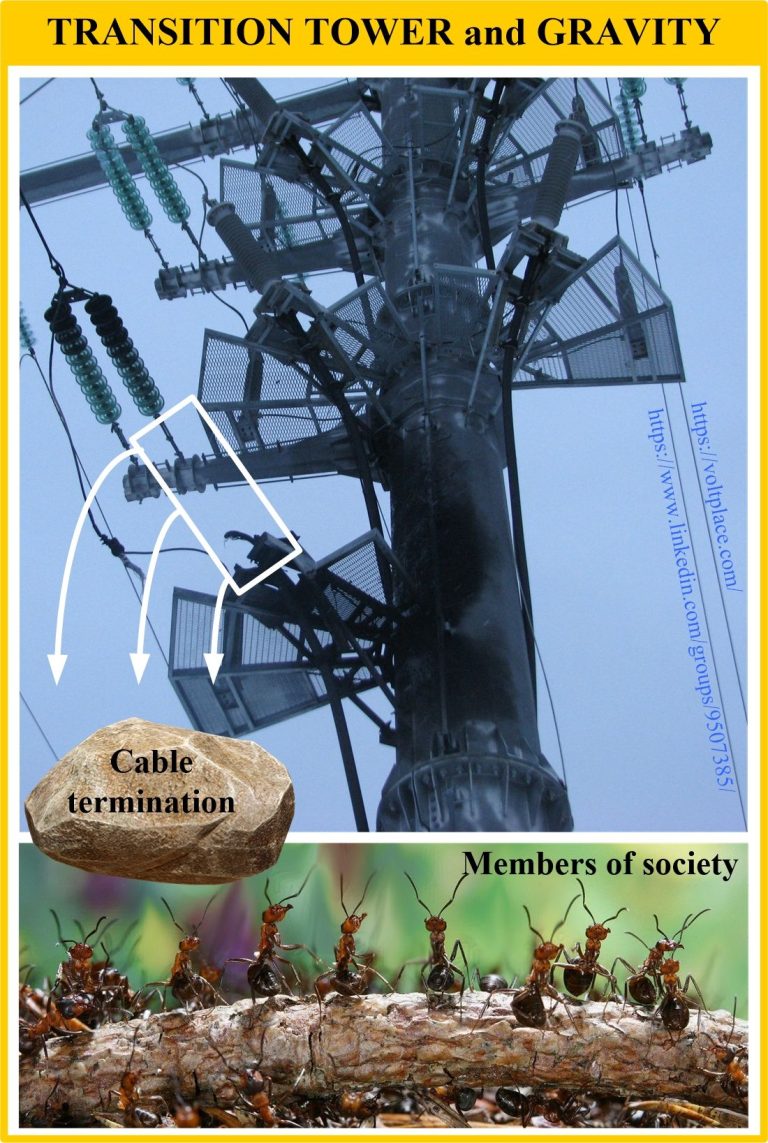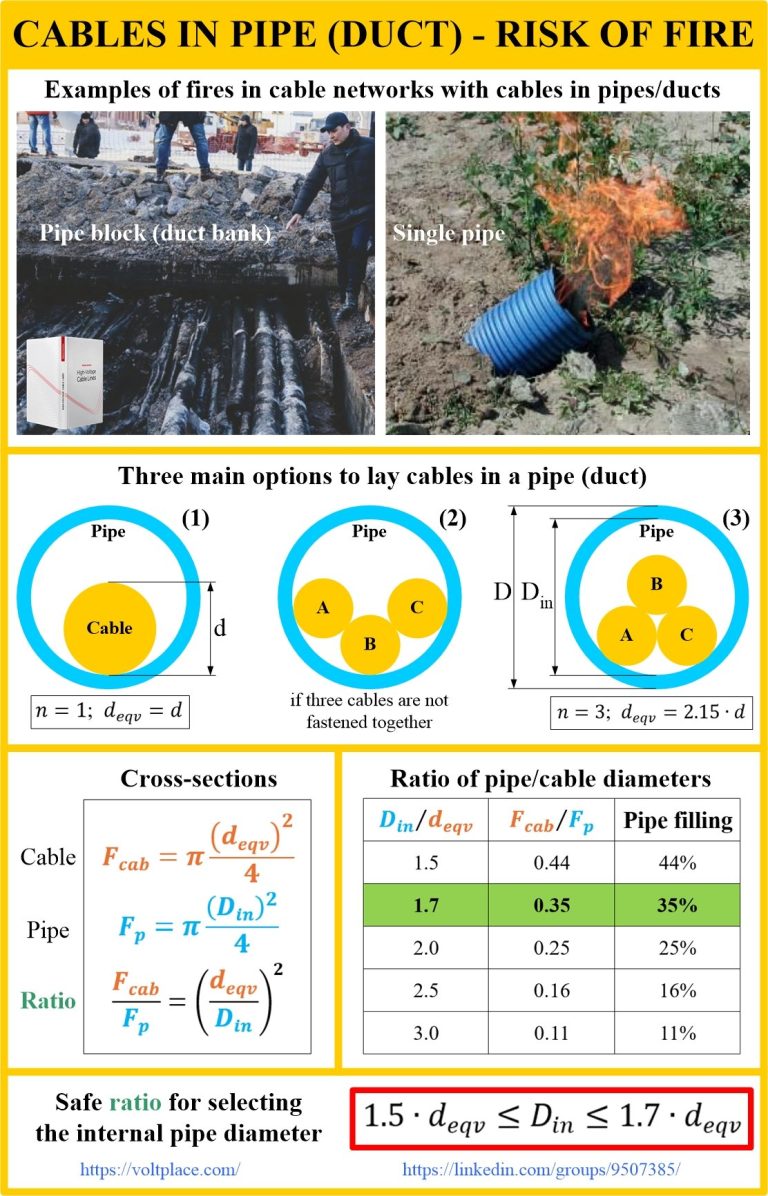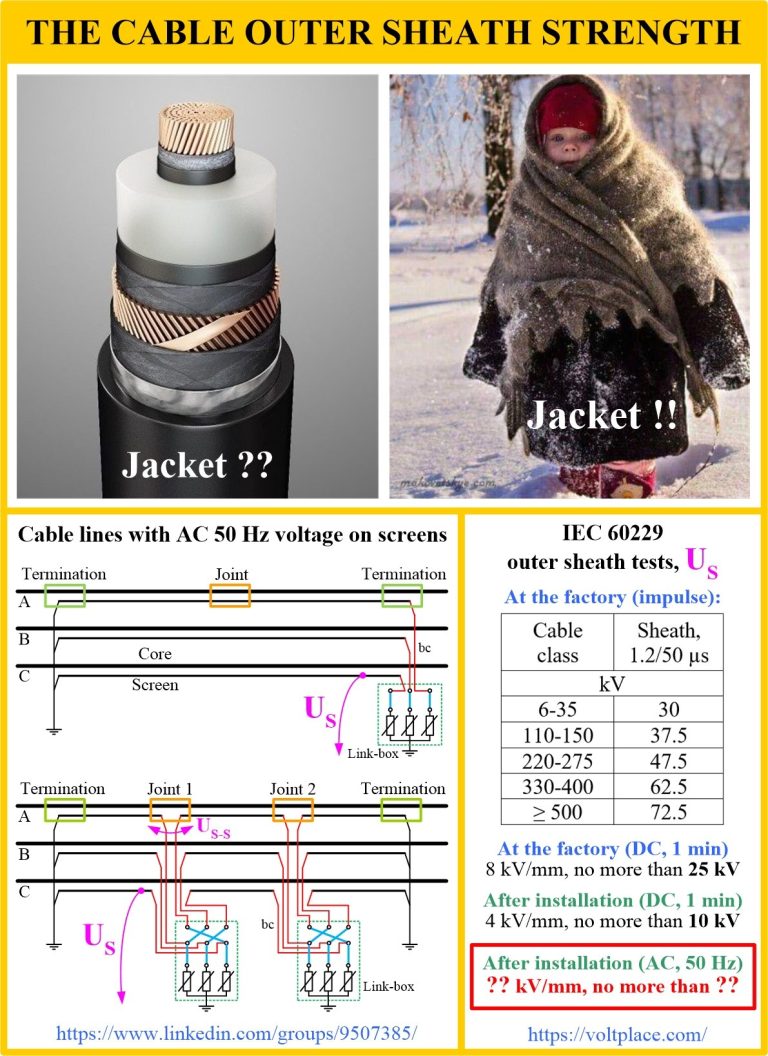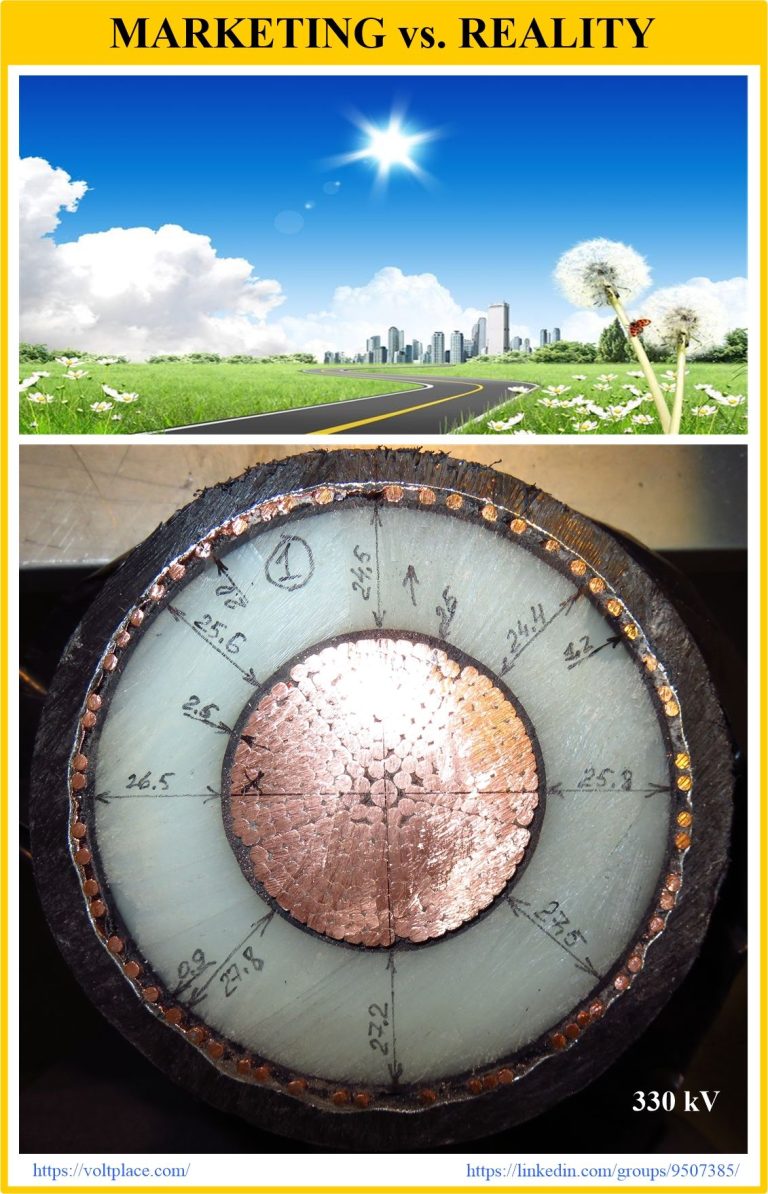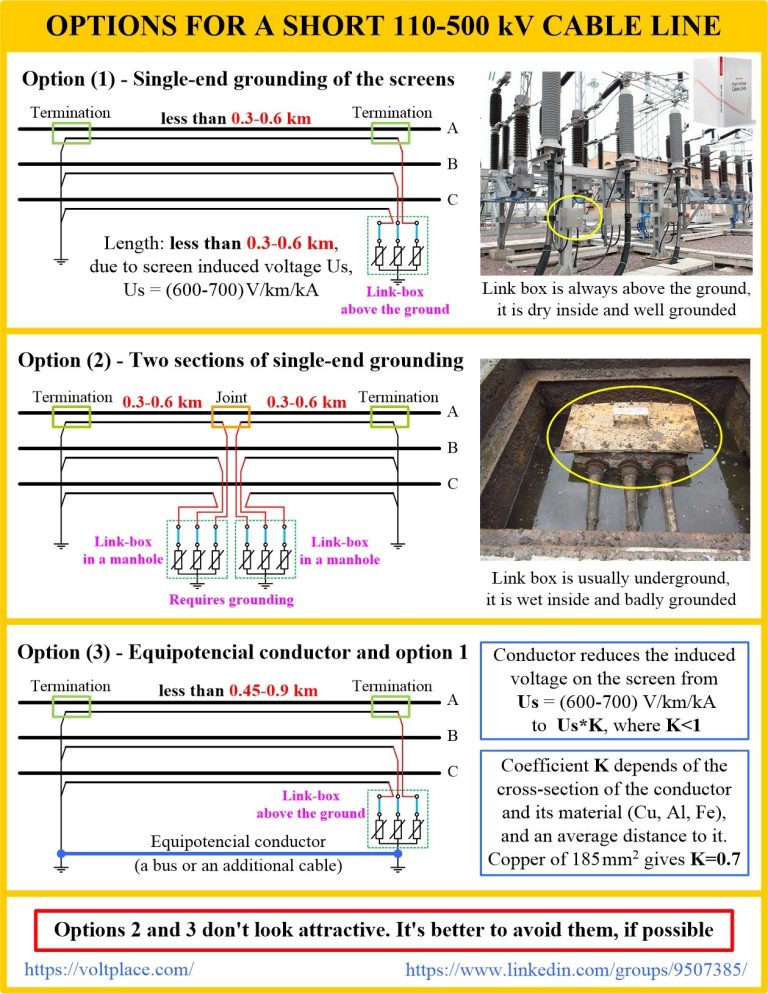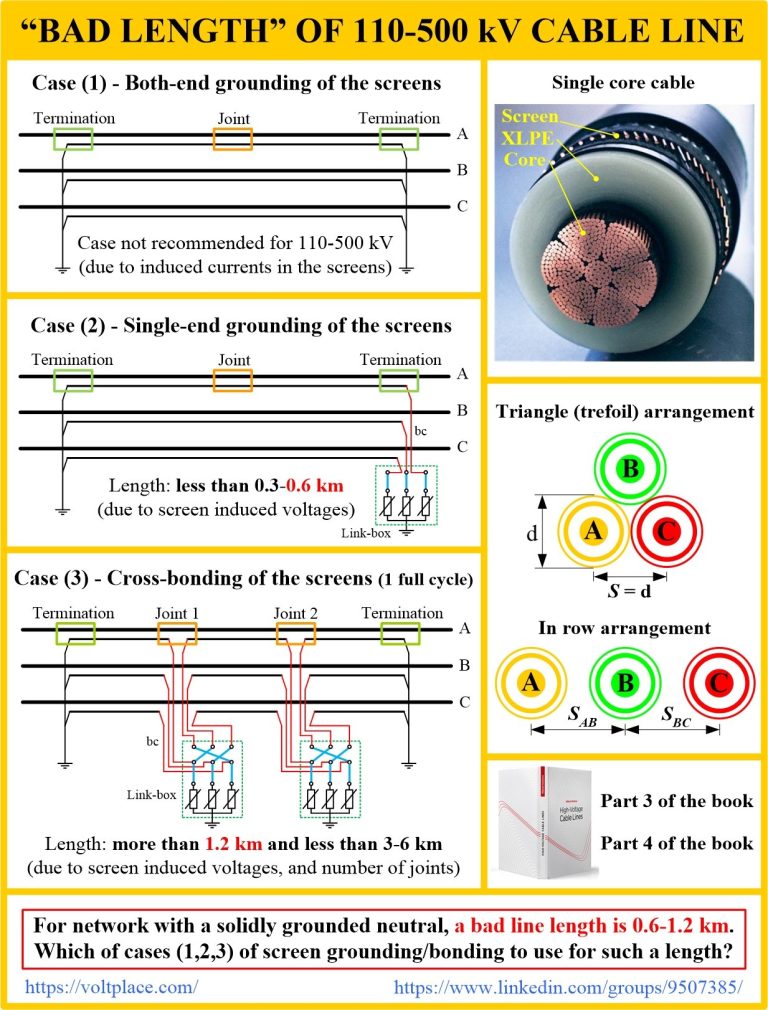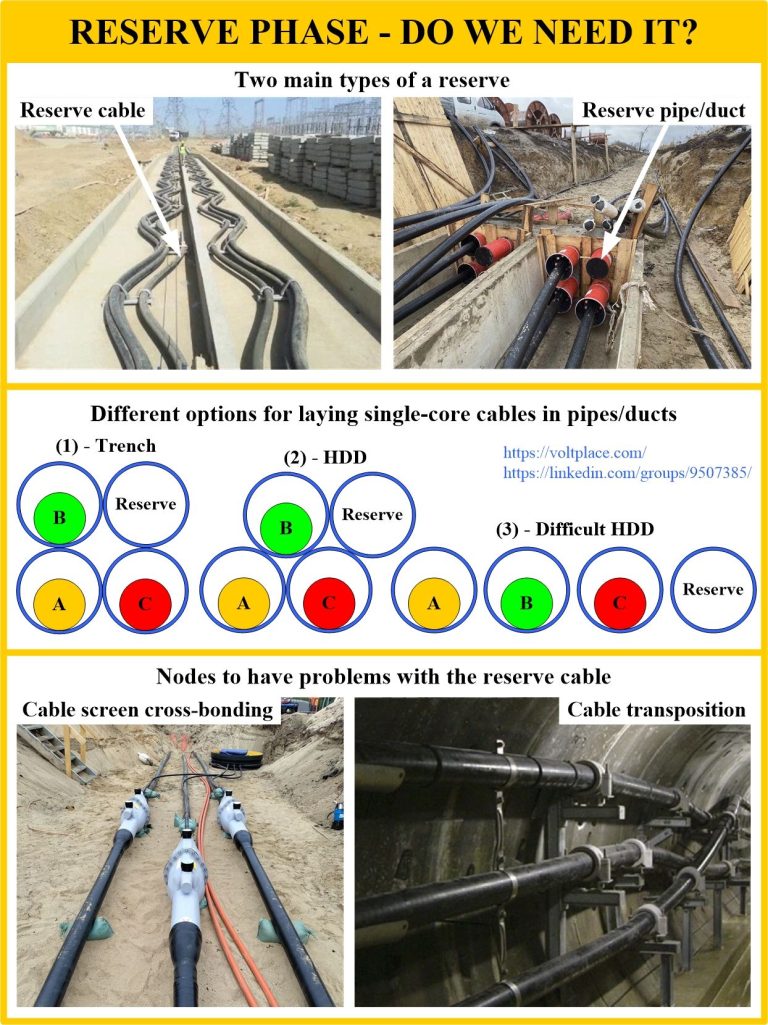EMTP statistical calculations for cables
To protect the transformer from lightning surges, the metal-oxide arrester (MOA) is often placed directly at its bushings, at a distance of no more than 2-3 m. This creates an impression that the transformer will be fine. In fact, this is a false impression, and the effect on the windings depends not only on the

